Laguna province, named after Laguna de Bay, lies on the fringes of this great body of water which is the country’s largest lake. Endowed with the bounty of nature such as numerous mineral hot and cold springs, majestic waterfalls and protected forest areas teeming with a great diversity of flora and fauna, the province is an important cluster of destinations for eco-tourism, wellness visits, leisure activities and special interest.
Parts of Laguna were settlement sited during the pre-colonial years as validated by historical records and archaeological finds of household items, porcelain ware from the Ming period and ancient written records that were found in the towns of Bay, Pila and Victoria. The succeeding centuries of Spanish colonial presence created a unique legacy of churches, convents, residences and religious icons that are still found all over the province. Laguna is steeped in history and cultural heritage. Its age-old traditions in embroidery, wood-carving, footwear-making and visual arts make it one of the most attractive destinations for aficionados of history and culture. Today, Laguna is a bustling province that hosts the country’s leading schools, industries and export zones. The extraordinary gifts of nature have contributed much to the development of resorts, parks and golf courses that have made Laguna one of the most desired visitors’ destinations in the Philippines.
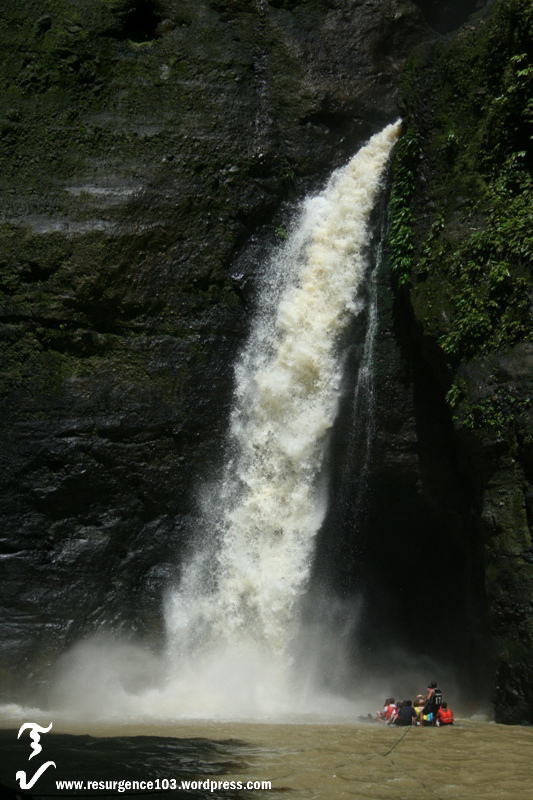
Laguna is a favored destination for majestic waterfalls, hot springs and lush mountains, historic edifices, delicious fruits and delicacies. These are just few of what Laguna has to offer, a closer look would reveal it for what it really is; a treasure-trove of culture, adventure and nature.
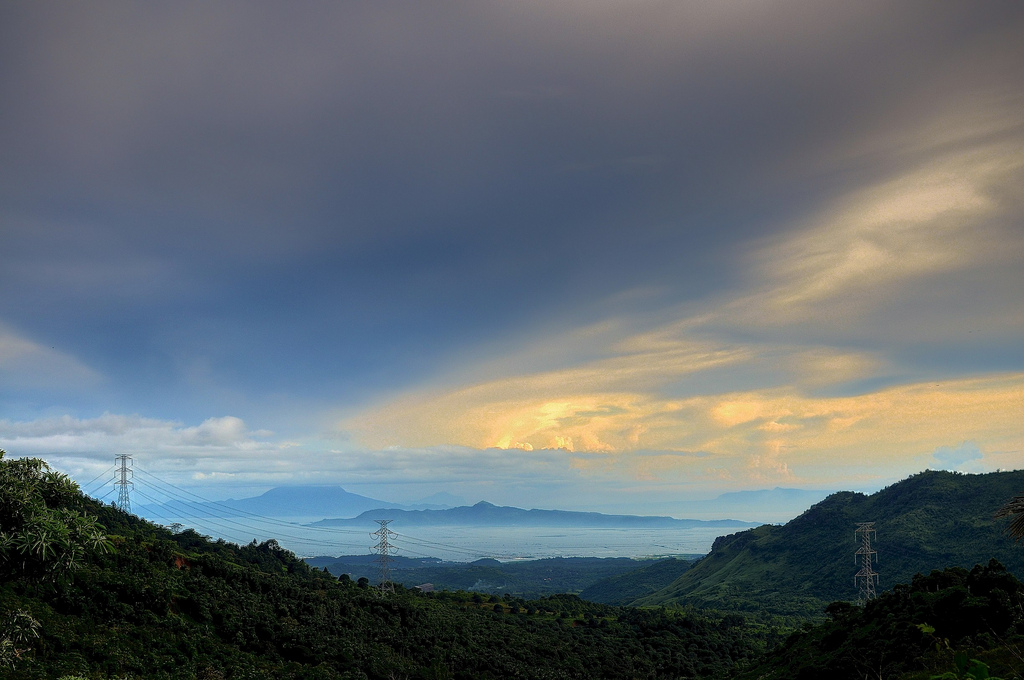
The province’s proximity to Manila attracts foreign and local holiday-seekers, including conference planners and organizers. Resorts offer accommodations and amenities for pleasure and conferences. It is a destination to unwind, a haven to relax and even a place to learn. Expand your taste to the myriad flavors of Laguna’s fruits and native delicacies. Revisit the past and marvel at the centuries-old architecture of churches. Understand nature by hiking along trails or discover and enjoy natural hot springs for alternative health remedies. Admire traditional skills that have evolved into a unique art.
This diversity of delights awaits you in the province of Laguna.
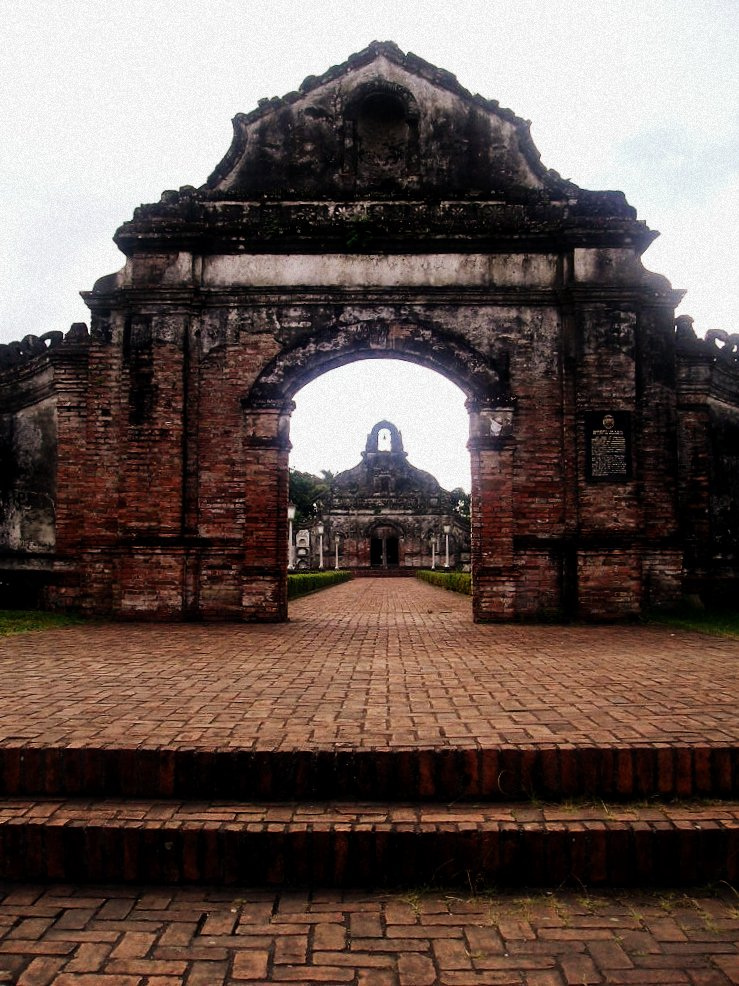
Laguna is undeniably steeped in heritage and the sceneries and attractions mirror the Philippines’ rich past.
The province played a significant role in history. In the early years of Spanish colonization, the Christianization and administration of Laguna province were rapidly accomplished. Fanned by the spread of liberal ideas, some of the sectors of the local citizenry challenged the status quo with their desire for political and social reforms. Dr. Jose Rizal, who was born in Calamba on June 19, 1861, experienced the growing ferment of the era. His patriotic ideals and core values of courage and pride in his race brilliantly guided the generations of Filipinos in the ardent pursuit of freedom and nationhood.
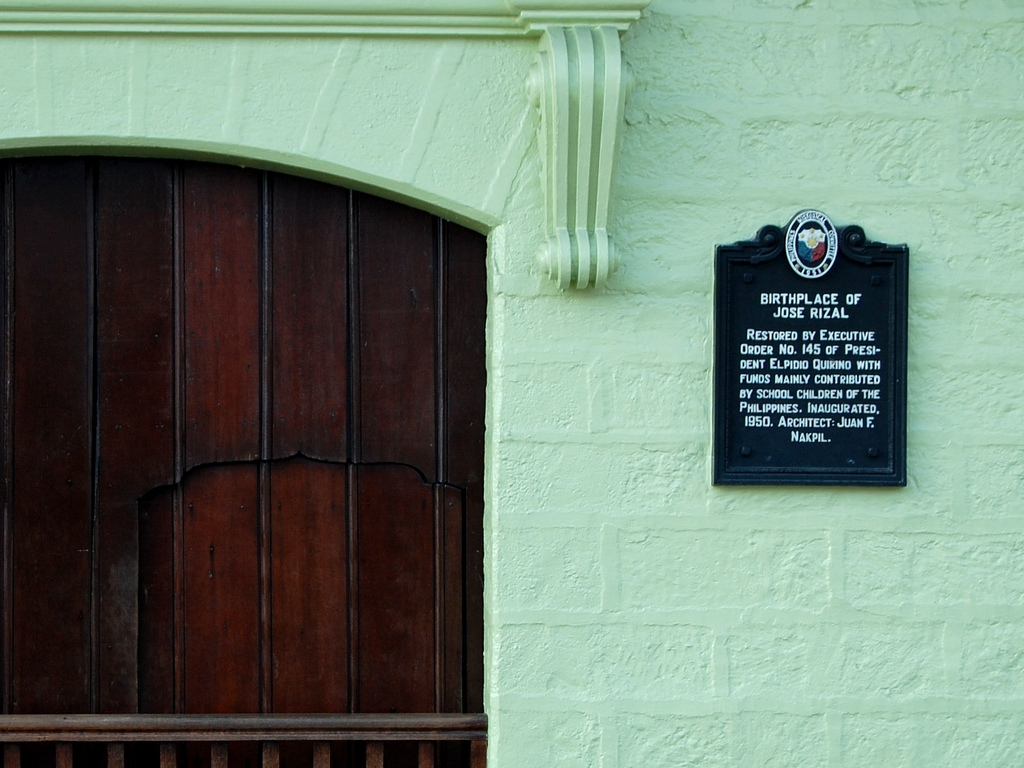
There are several places of interest in Laguna that provide insights to the heritage and history of the province. The rich flora, fauna and wildlife species are showcased in the Museum of Natural History in the University of the Philippines at Los Banos. The Escudero private museum in San Pablo City offers an eclectic experience, from the vast collection of artifacts and religious art to the ethnic lifestyle, period costumes and furniture.
Pagsanjan Falls is just one of Laguna’s Refreshing Gifts of Nature
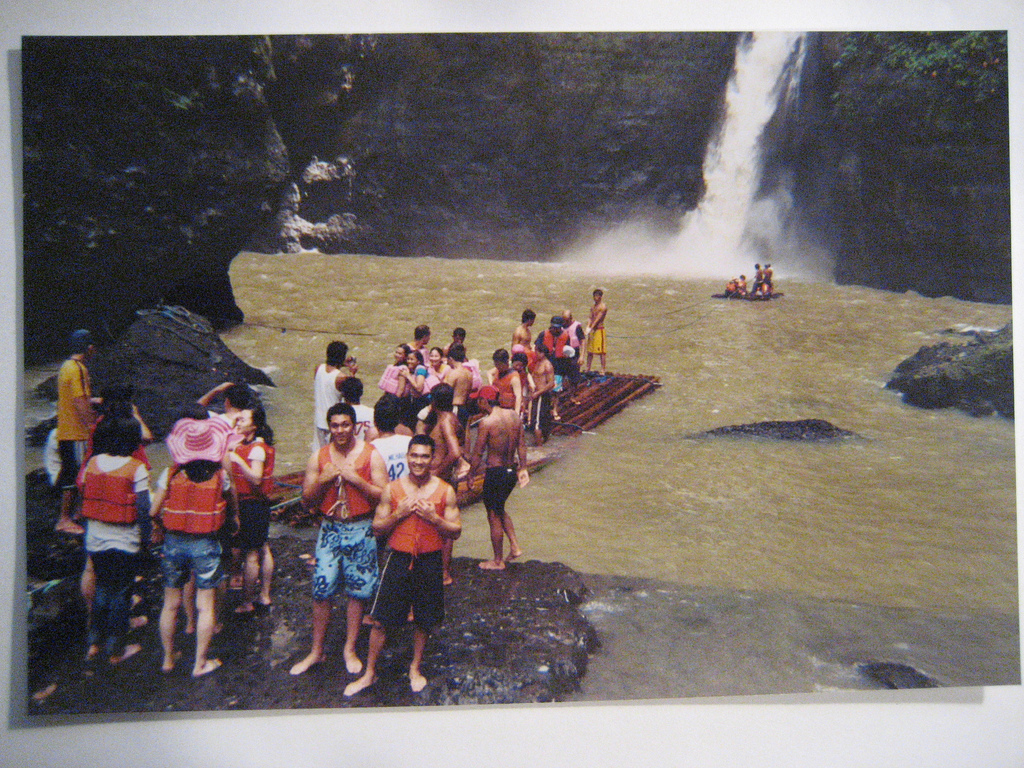
The varied forms of rest and recreation in Laguna center around the bounties of nature. Lakes, valleys and mountains cater to all tasted and preferences of a nature enthusiast.
Mounts Makiling, Famy and Banahaw offer highly suitable peaks for hiking. Seasoned trekkers can opt to establish new trails in other mountains spread around the province. Should one wish to indulge in more than just a de-stressing dip in the curative hot springs of Calamba and Los Banos, go to Alaminos where a valley of natural springs secluded by pristine forests offers an oasis of peace and utmost relaxation.
Aside from Laguna Lake, there are other lakes of prominence located in two areas. San Pablo is known as the City of Seven Lakes, the biggest of these is Sampaloc Lake which can be viewed from the city proper. Caliraya’s man-made lake is a great location when considering water sports as an activity. In Pagsanjan and Cavinti, seasoned boatmen navigates through rapids leading to the thundering falls. More waterfalls can be enjoyed in the towns of Kalayaan, Pangil, Majayjay and Pakil.
Enchanted Kingdom’s Thrills
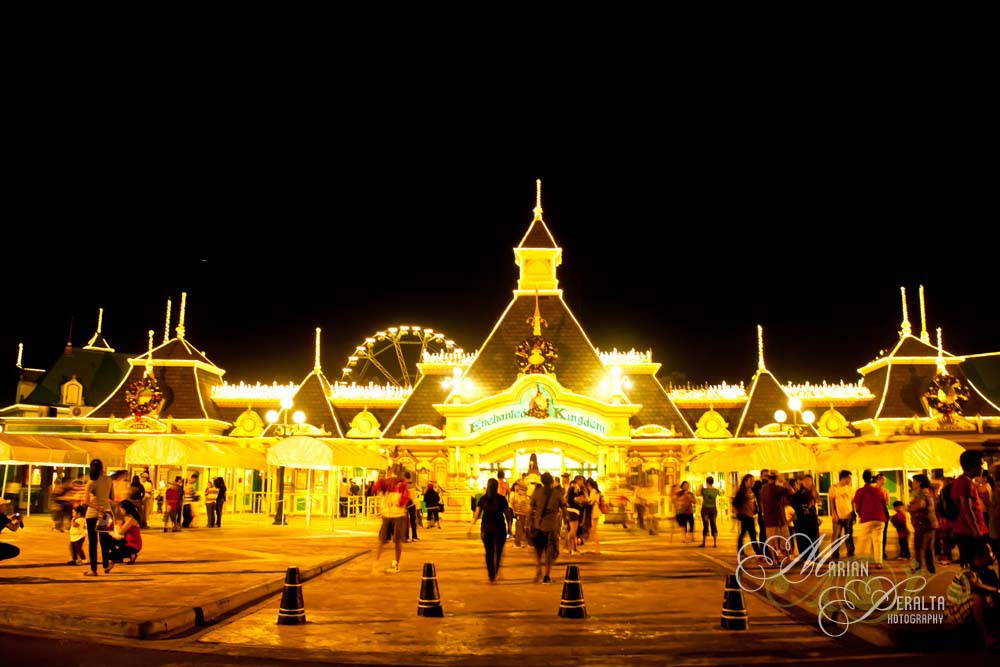
In Laguna, there always seems to be somewhere left to go, and something else to do, a sense of things untried that more often than not inspires an open, enthusiastic attitude which only grows as the day’s destinations draws nearer.
If the variety of attractions and activities determines the value of a destination, then Laguna steps up to every expectation. The entire province is a shining example of resource management where light industrial parks complement leisure and recreation sites. Every town has a certain theme, a certain flavor; Sta. Rosa’s Enchanted Kingdom theme park is an outstanding venue for family amusement; Calamba’s hot springs; Los Banos’ Mt. Makiling; Pagsanjan’s rapids and falls; the specialty cottage industries of Lumban, Liliw, Luisiana and Paete; churches and museums and so many more. These allow Laguna to retain its appeal even after many visits.
Despite its proximity to Manila and the heavy demand for so many commodities derived from nature, it has managed to remain clean, green and inviting. It is this proximity, in fact, and the people’s excellent stewardship and warm hospitality that give Laguna the edge as a business and leisure destination.
Exotic Blooms of Los Banos
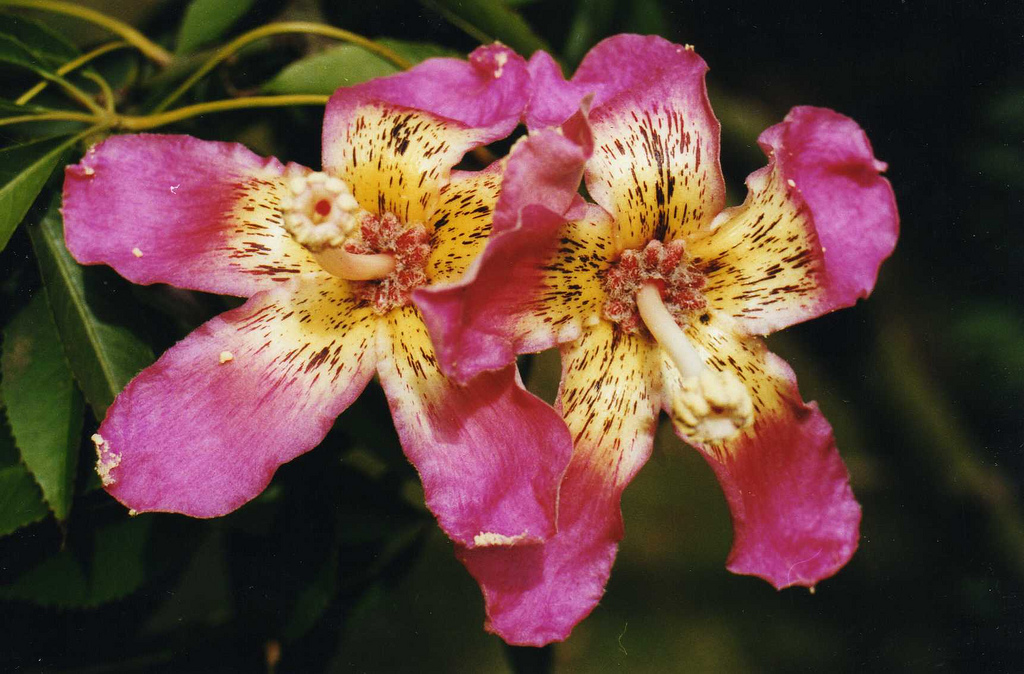
The people of Laguna are highly skilled in horticulture production, woodcarving, footwear making, embroidery and paper mache. The inspired skill and artistry create immense value which continues to make Laguna famous for tourists and visitors.
The ornamental plant industry thrives in the towns of Los Banos, Calamba and Bay. From a variety of exotic plants and trees to landscaping services, expert green thumbs produce lush, colorful varieties that serve as fitting tributes to man’s ability and nature’s splendor.
Plant fibers such as those from pineapple and banana are transformed into formal wear in Lumban. These plant fibers are hand woven to create elegant fabrics that stand proud next to contemporary garments designed elsewhere. The value these artisans interpret on embroidered patterns can be seen in the flawless work on exquisite Filipiniana wear that are considered heirlooms among collectors of Philippine crafts.
Handcrafted Footwear of Liliw
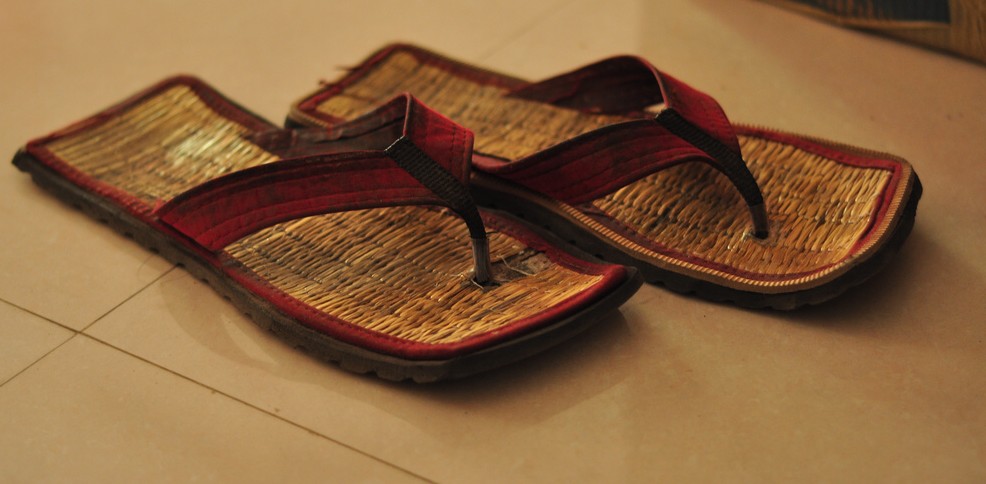
Another example of Filipino quality craftsmanship in footwear-making is seen and felt in every pair bought in Liliw. A “Tsinelas” (Sandals) Festival called Liliw Gat Tayaw highlights the unique expertise of the Liliw residents in making footwear. The main road fronting the Municipal Hall is lined by retail shops selling shoes, sandals and fashion accessories made from local raw materials.
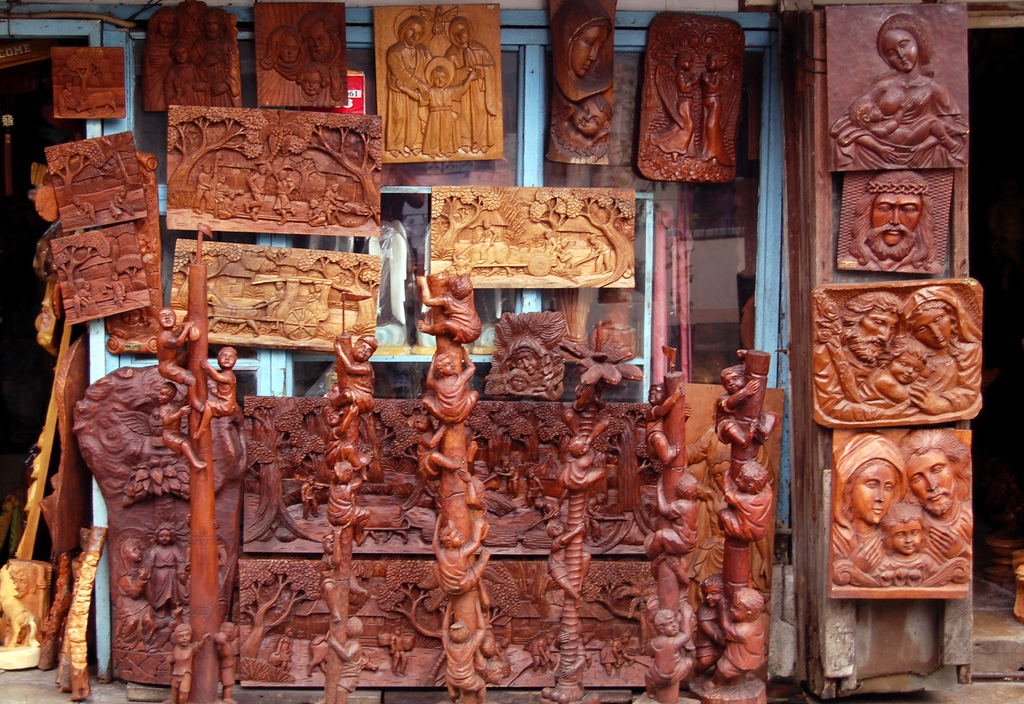
The town of Paete is famous for woodcarving and making paper mache, known locally as taka. Centuries of experience passed from generation to generation have become an icon of folk art from Laguna. The town of Luisiana, on the otherr hand, is famous for pandan weaving. The finely woven palm fronds used as handbags, decorative mats and home accessories display the quality and excellent craftsmanship that the town is noted for.
Laguna Offers Enticing Flavors
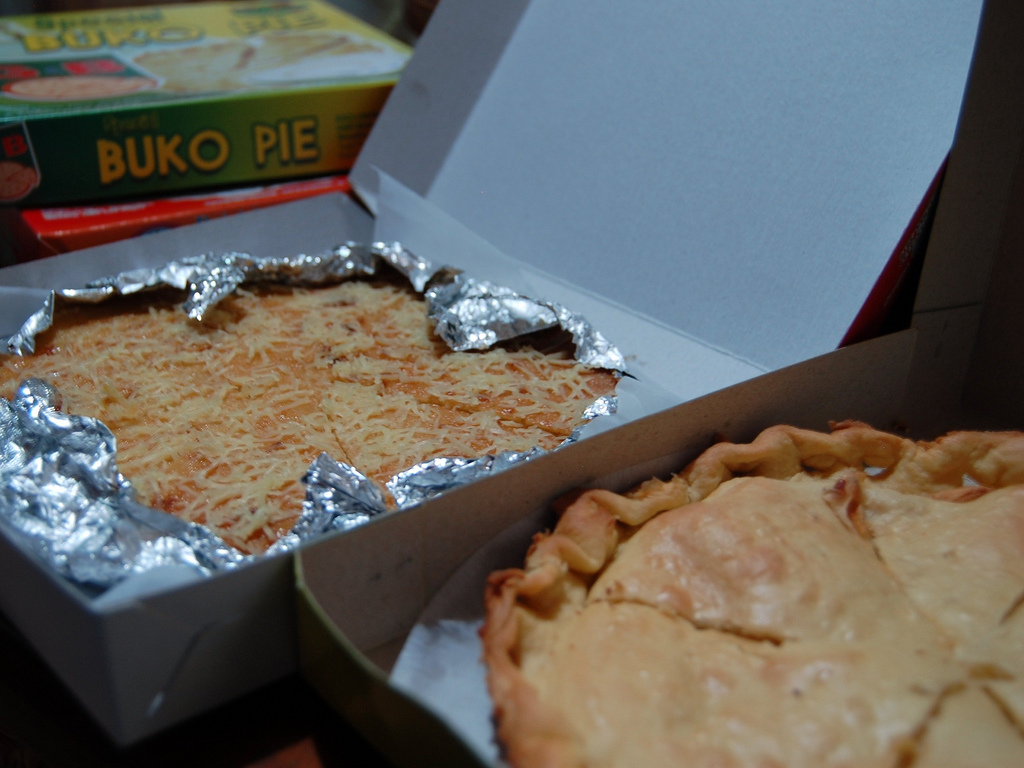
Visitors to Laguna take delight in nature’s gifts from the abundance of fruits and native delicacies. These delicious specialties can be purchased at pasalubong (gift) shops or stalls along the national highway.
Lakeshore thatch-roof restaurants on stills complete the dining experience of grilled freshwater catch. Top this hearty meal with indigenous fruits, such as Lanzones and Rambutan which came in season during the latter part of the year.
Sample Laguna’s sweet treats, the most famous of which is the Buko-pie – young coconut baked with sugar and milk. Espasol is made of sweet rice flour with milk and toasted coconuts. Another coconut-based delicacy is Macapuno. Having softer flesh than regular coconuts. Macapuno is commonly turned into soft candies flavored with milk and cane sugar.
Kesong Puti or White Cheese, comes from processed carabao milk, salt and vinegar. Also a specialty is Puto Binan, a traditional fluffy glutinous rice cake garnished with cheese.
Feasting with Nature in Villa Escudero
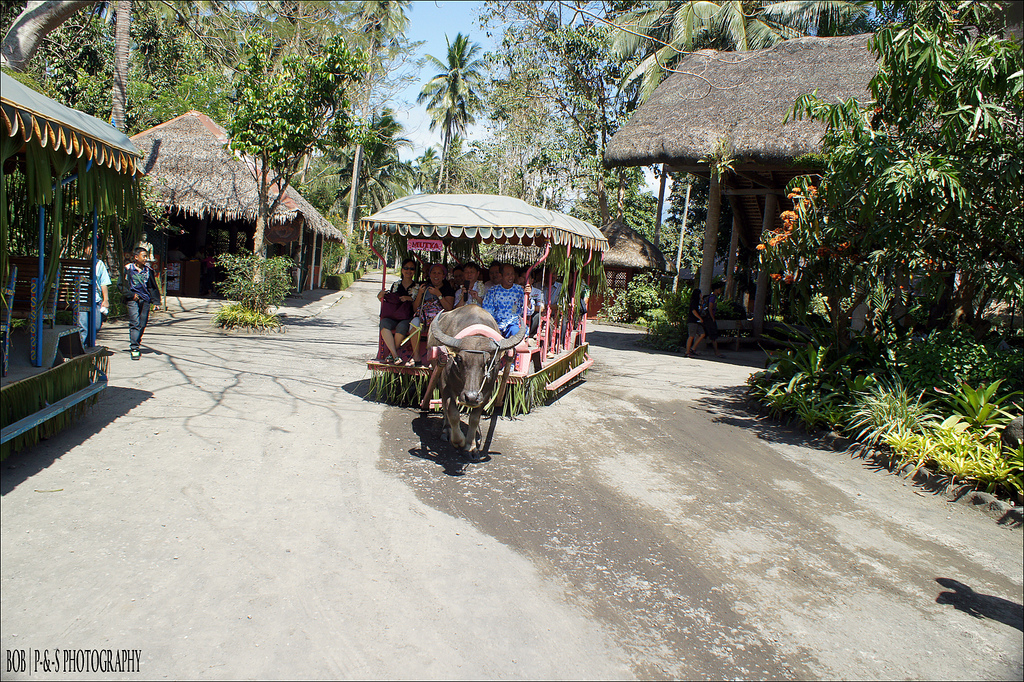
Celebrate life in Laguna with a feast of good native food, warm hospitality and rich culture.
All over the province’s municipalities and cities, festivals run year-round. The Coconut is the center of festivities in San Pablo every January and somber yet awesome processions are also held there on Good Friday. In Calauan, the Pineapple Festival is held in May. Pagsanjan honors the boatmen during the month of March with its Bangkero River Festival. Products also become the focus of celebrations such as Paete’s Paetaka Festival and Liliw’s “Tsinelas” Festival. Los Banos hosts the Banamos Festival in September to celebrate its status as a “Nature and Science City.” Typical of Filipino celebrations, Laguna’s fiestas are always filled with merriment, pageantry and gastronomic delights.
For smaller and private celebrations, natural gardens offer excellent picnic grounds. In Los Banos, the top picnic site are the Makiling Botanic Gardens and the Boy Scouts Jamboree grounds.
Colorful People and Culture Await Your Visit
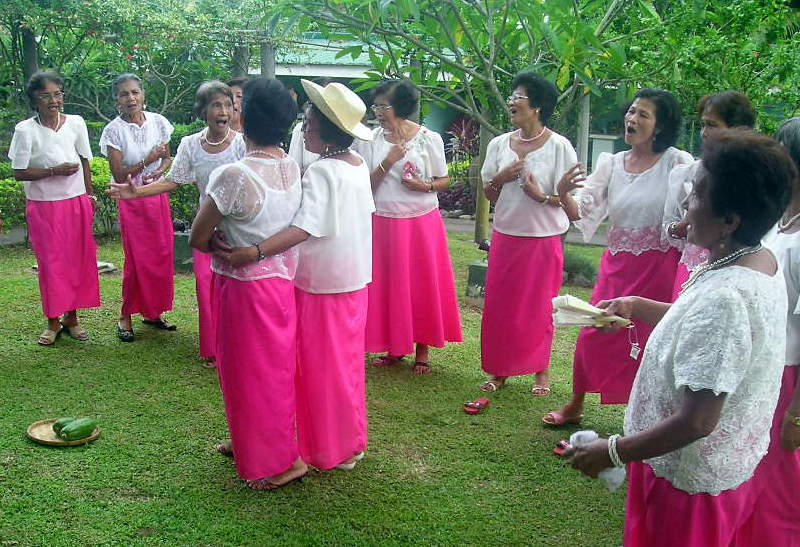
Laguna is a favored destination for majestic waterfalls, hot springs and lush mountains, historic edifices, delicious fruits and delicacies. These are just few of what Laguna has to offer, a closer look would reveal it for what it really is: a treasure-trove of culture, adventure and nature.
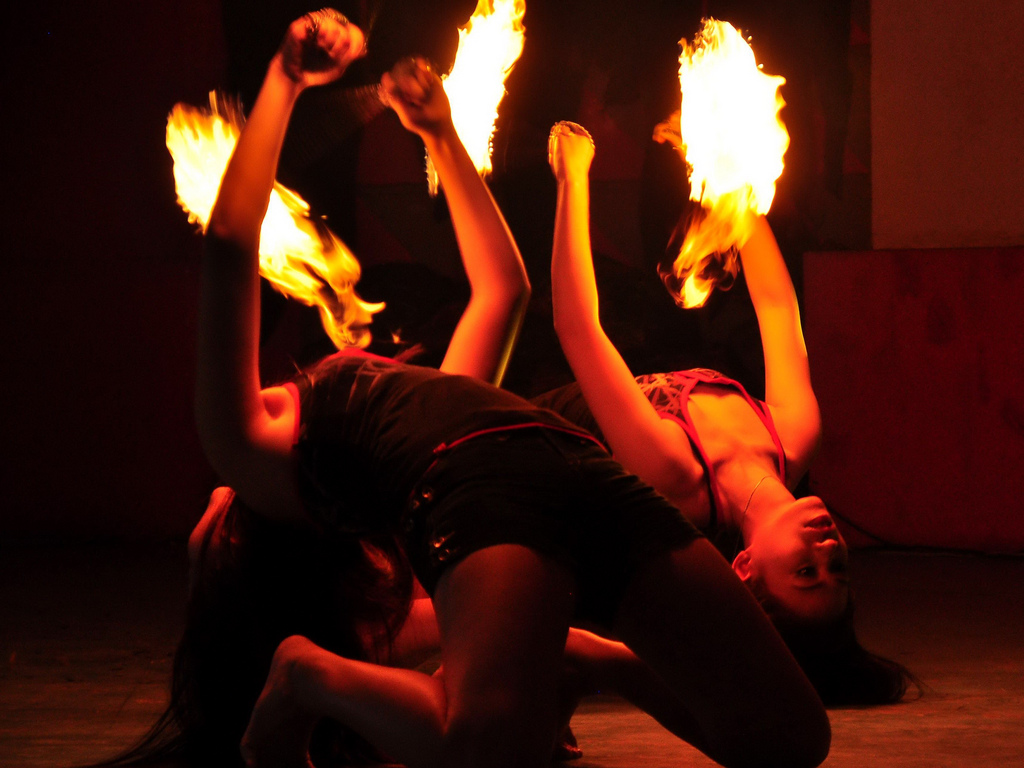
The province’s proximity to Manila attracts foreign and local holiday-seekers, including conference planners and organizers. Resorts offer accommodations and amenities for pleasure and conferences. It is a destination to unwind, a haven to relax and even a place to learn. Expand your taste to the myriad flavors of Laguna’s fruits and native delicacies. Revisit the past and marvel at the centuries-old architecture of churches. Understand nature by hiking along trails or discover and enjoy natural hot springs for alternative health remedies. Admire traditional skills that have evolved into a unique art.
This diversity of delights await you in the province of Laguna.
With its nearest municipality only 31 kms. south of Manila, Laguna is bound on the north by Rizal province, on the east by Sierra Madre mountain range, on the south by Quezon province, and on the west by the provinces of Cavite and Batangas.
Places of Interests
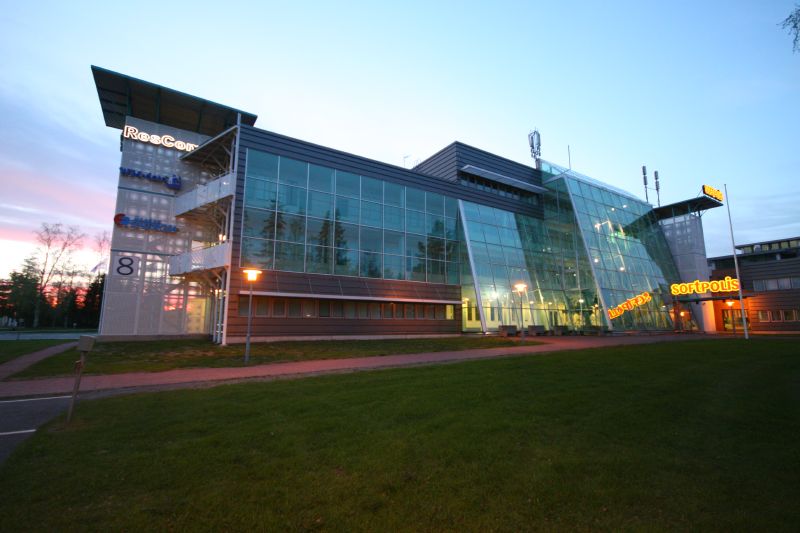
Laguna Technopark Alongside booming residential development, Sta. Rosa hosts world-class industrial facilities.
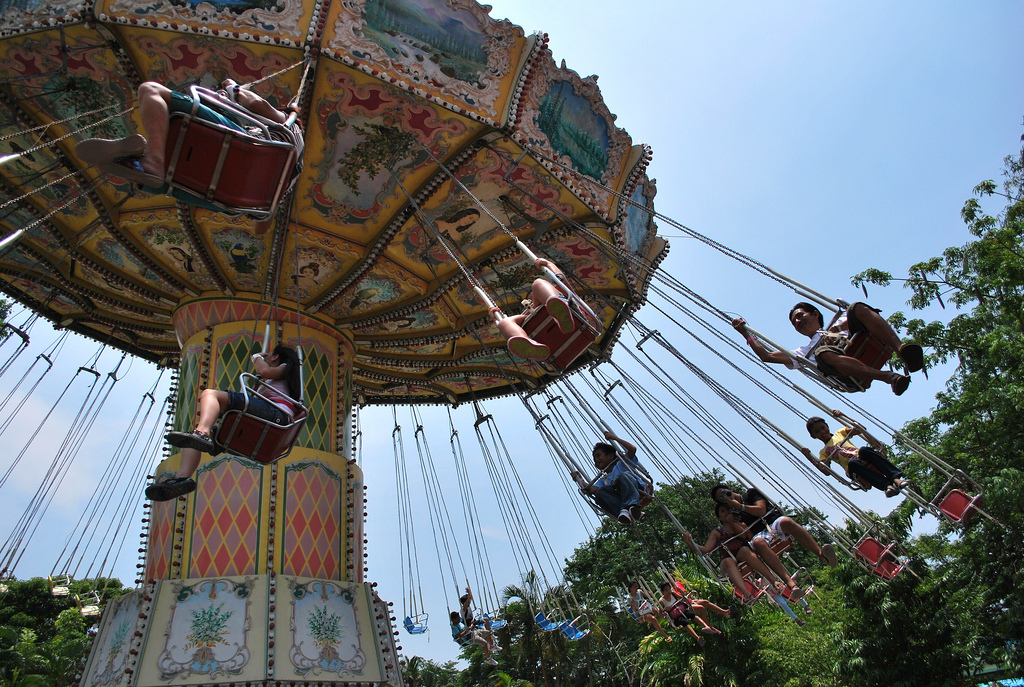
Enchanted Kingdom Over 23 world class rides and attractions enjoyed by over 10 million visitors and counting.
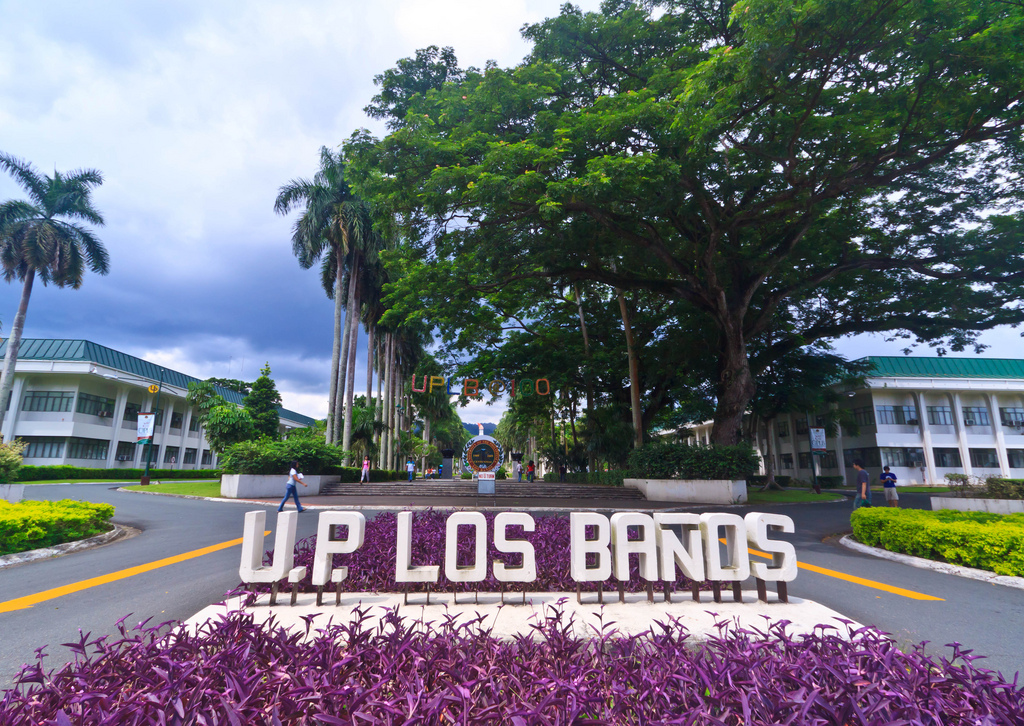
University of the Philippines (Los Banos) The premier agriculture-based school in the country. It is a noted center for academic excellence.
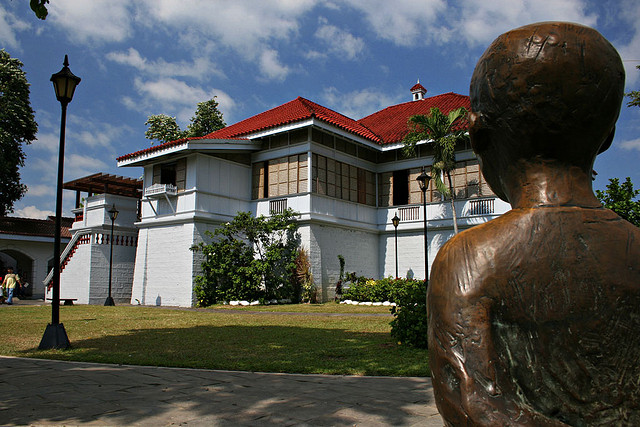
Rizal Shrine A replica of the Spanish style house where the national hero lived, now a museum displaying his memorabilia.
Makiling Botanic Gardens Serene natural garden occupying 300 hectares of forest area.
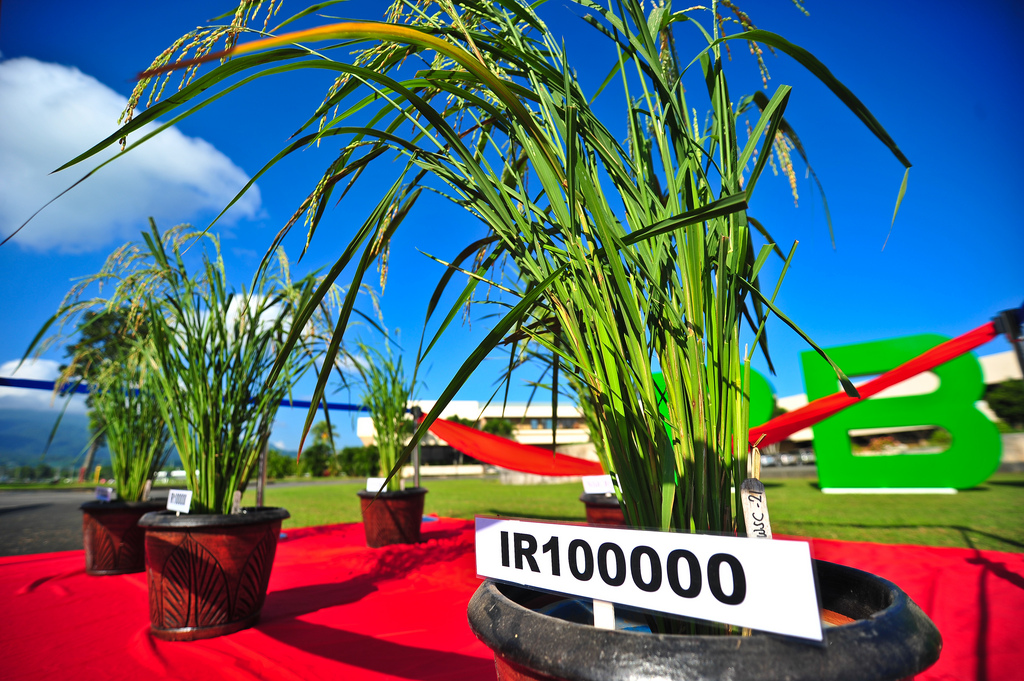
International Rice Research Institute (IRRI) It is a facility dedicated to improving rice crops. It features a museum called Rice-world.
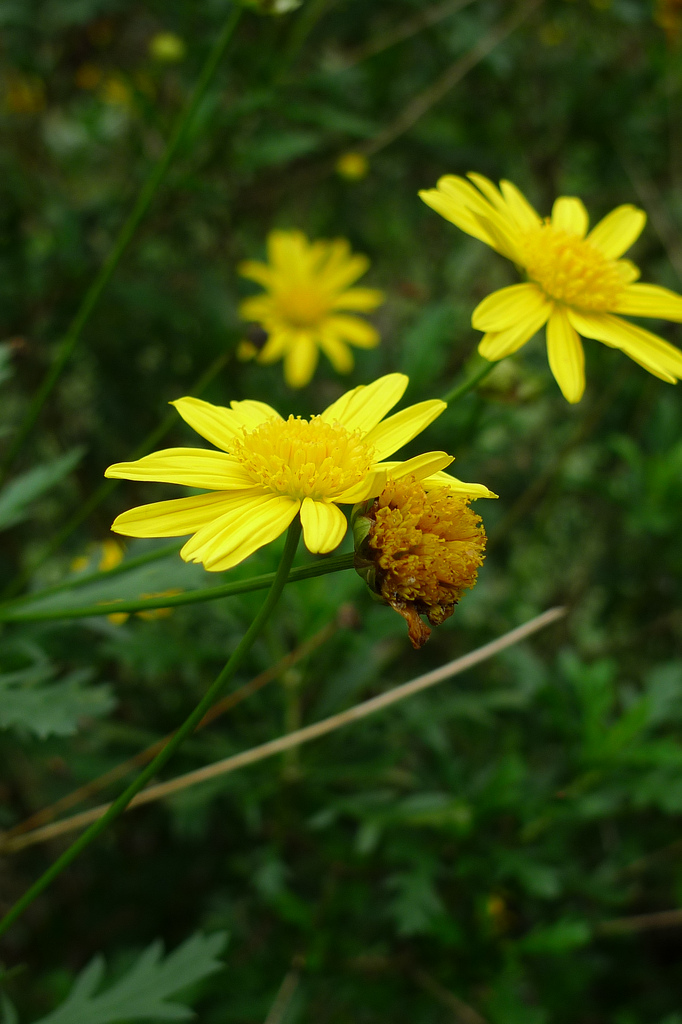
Museum of Natural History Houses over 200,000 specimens of local plants, wildlife and insects.
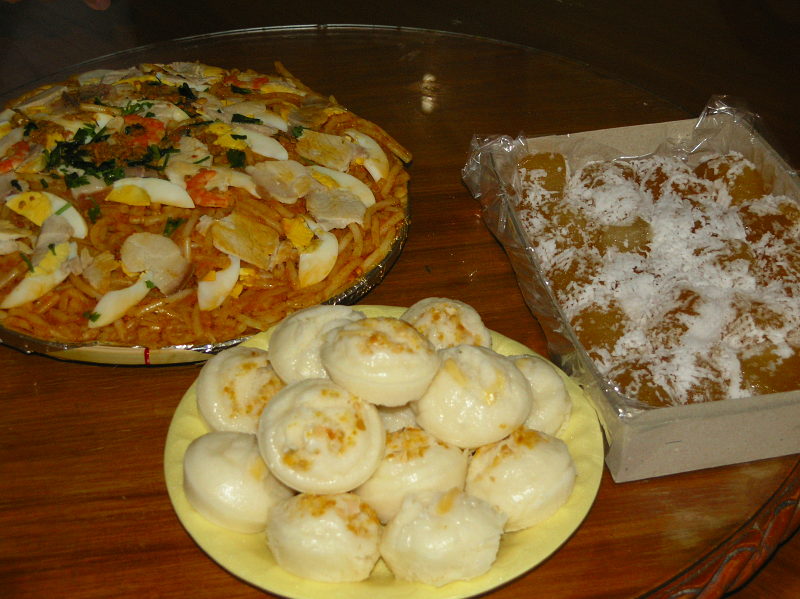
Binan The education center of Laguna’s first district supposedly derived its name from “binyagan” meaning baptismal. The Puto Binan is its delicacy.
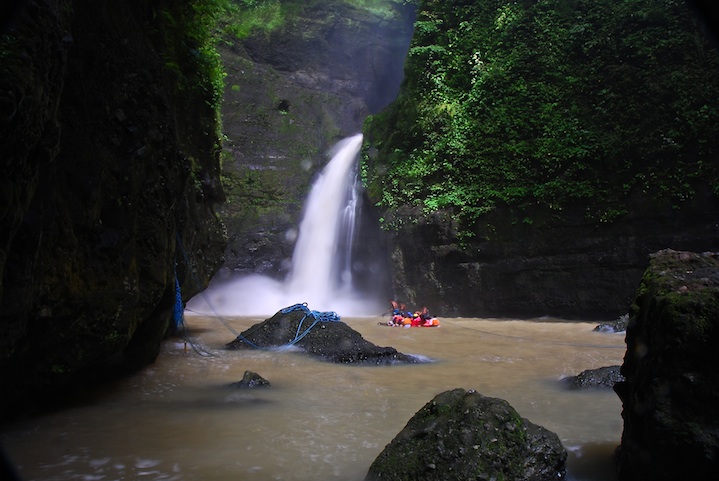
Pagsanjan Shoot the rapids in Pagsanjan! Expert boatmen navigate your boat through 16 rapids. The three-hour ride ends at Pagsanjan Falls. also called Magdapio Falls.
Lumban It is popular for the beauty and quality of its native garments.
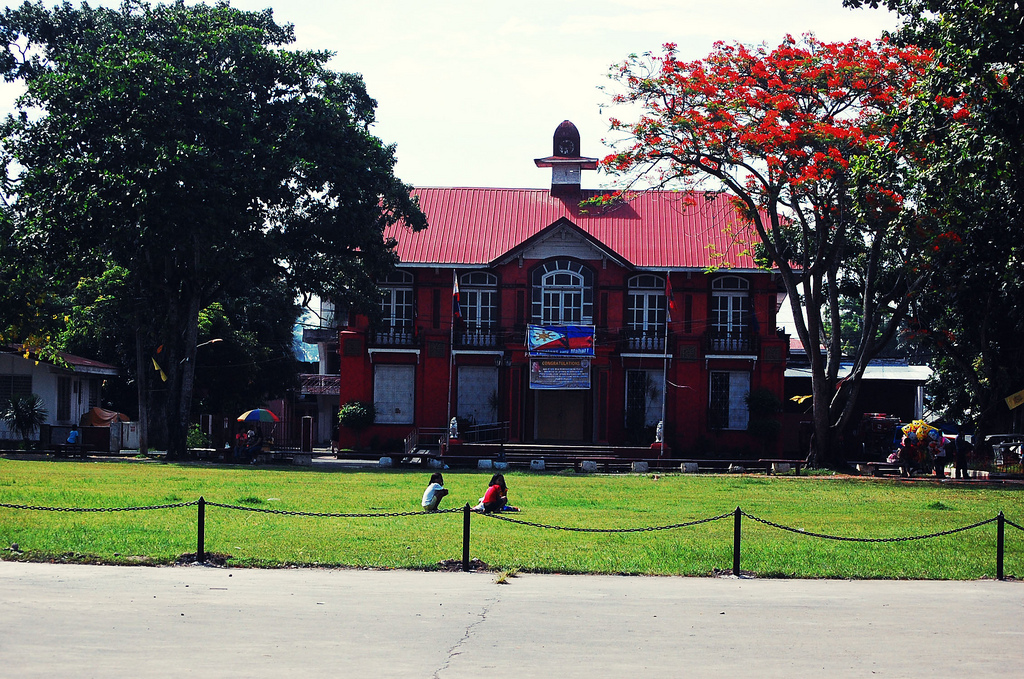
Pila This heritage town is mentioned twice in the oldest Philippine document, the Laguna Copperplate Inscription which dates back to 900 AD.
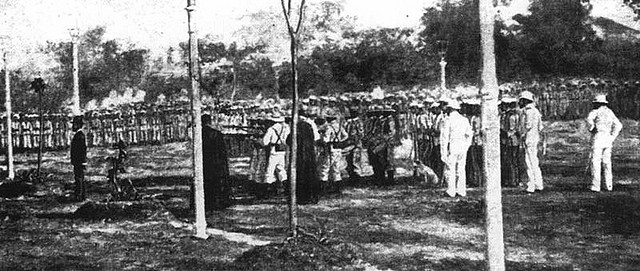
Calamba City Deriving it’s name from the clay stove-earthen jar, it is famous for being the birthplace of Dr. Jose Rizal, the country’s national hero.
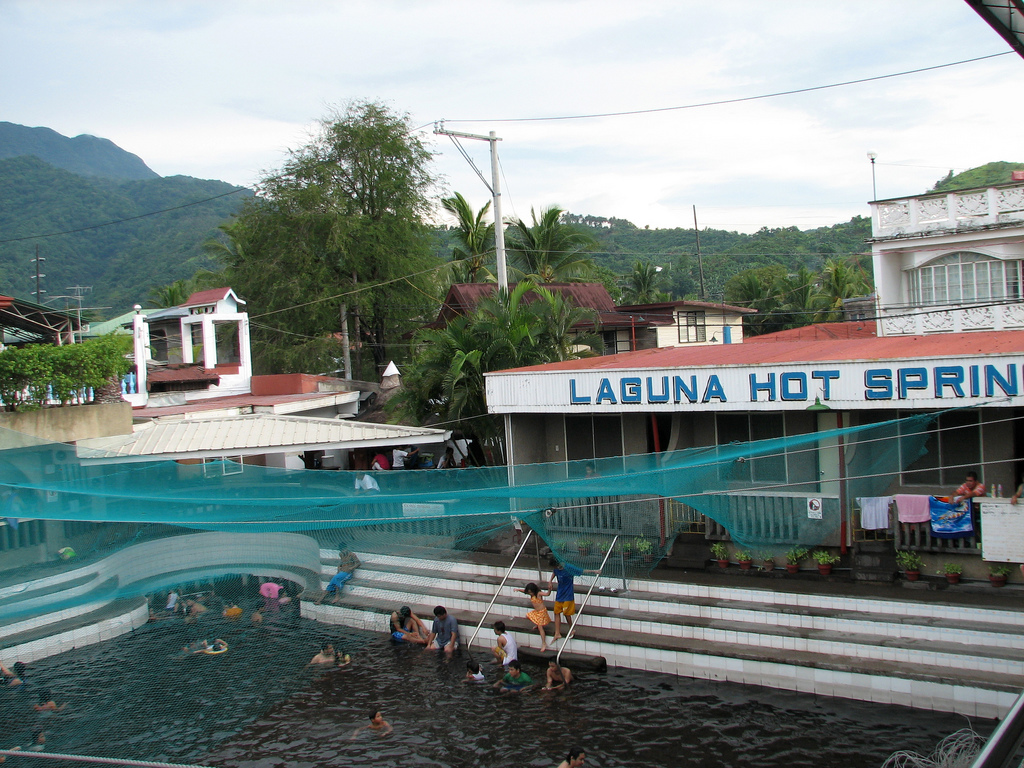
Los Banos Translated as “The Bath” because of its hot springs, it is located at the foot of Mt. Makiling, an extinct volcano home to over 2,000 species of flora and fauna.
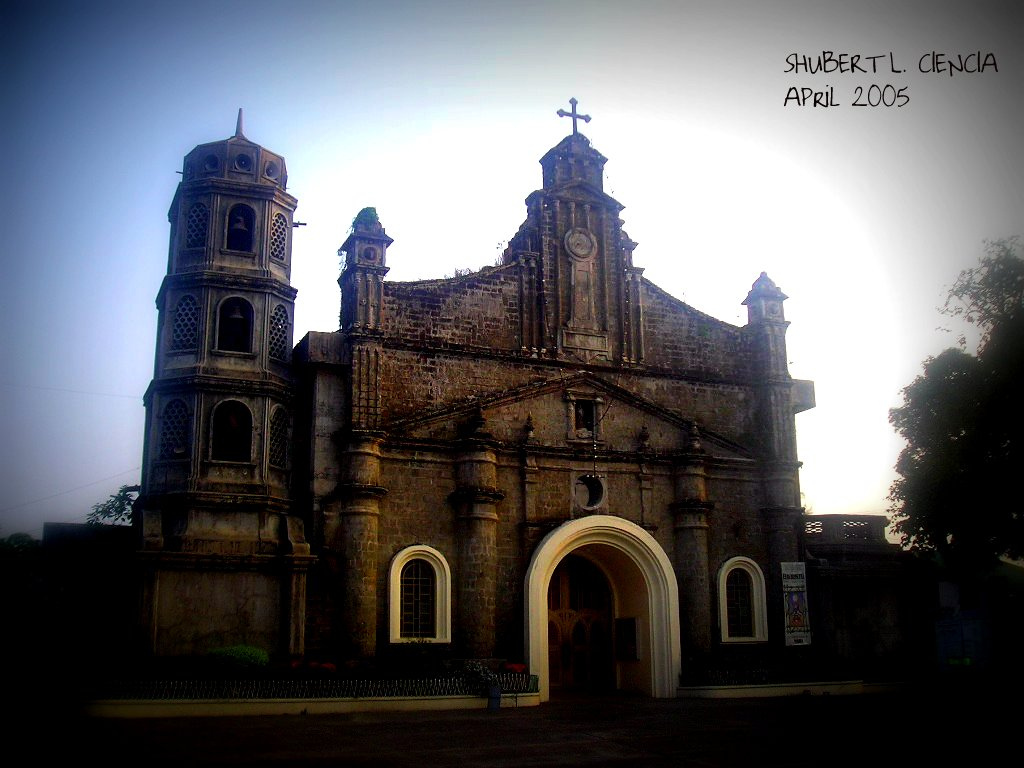
Alaminos Once called Trenchera because of the long trenches. Previously part of Batangas, it was ceded to Laguna in 1902.
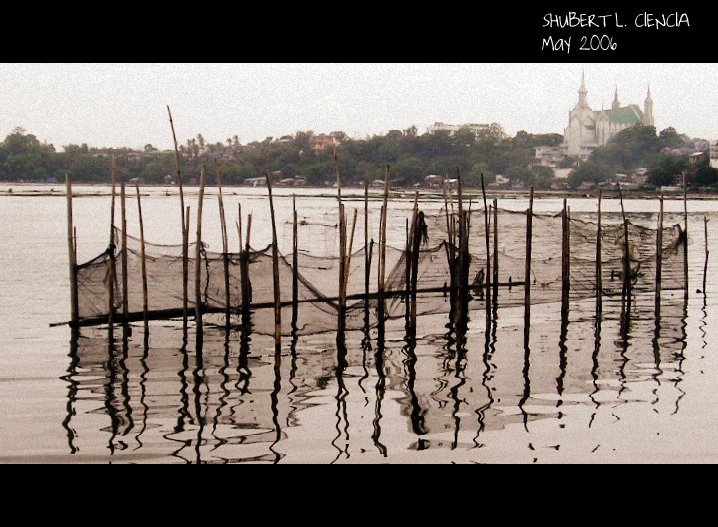
Sampaloc Lake The biggest of San Pablo’s 7 lakes, can be viewed from a park beside City Hall.
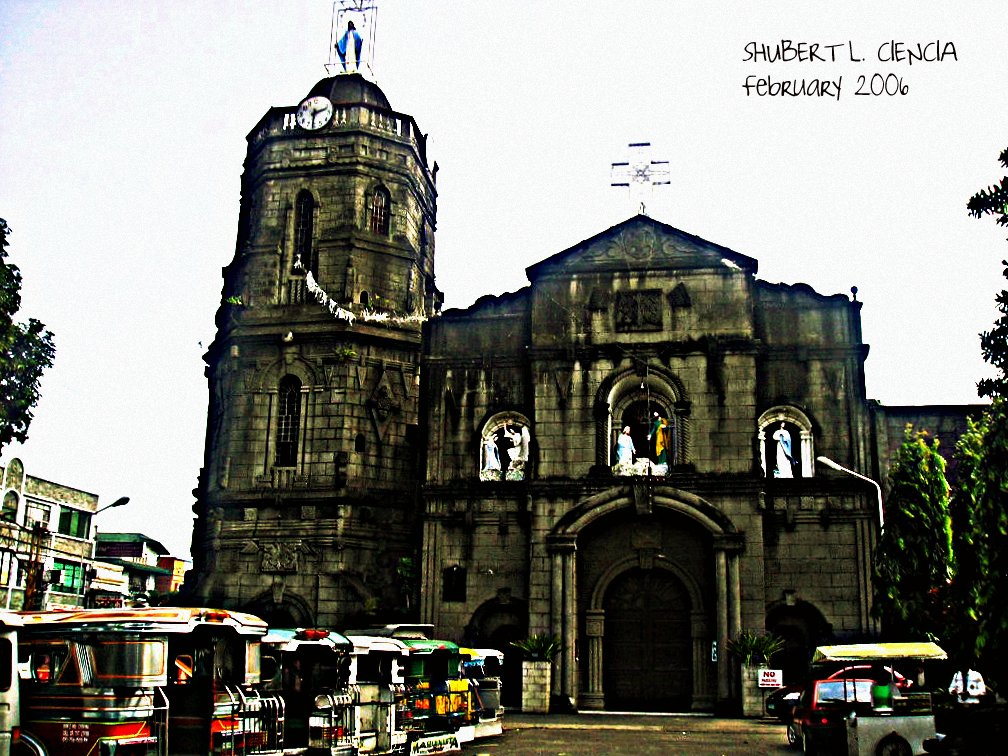
Sta. Cruz As the provincial capital, it is the center for administration of Laguna and serves as the transport hub connecting travelers to Manila.
Nagcarlan Site of the Underground Cemetery, it also takes pride in the Bunga Falls and its views of eight different mountains.
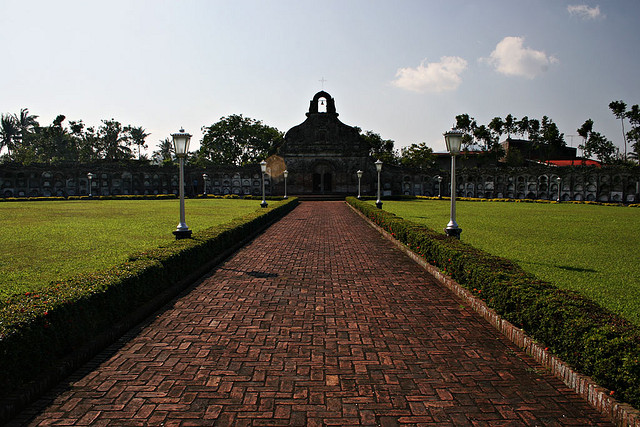
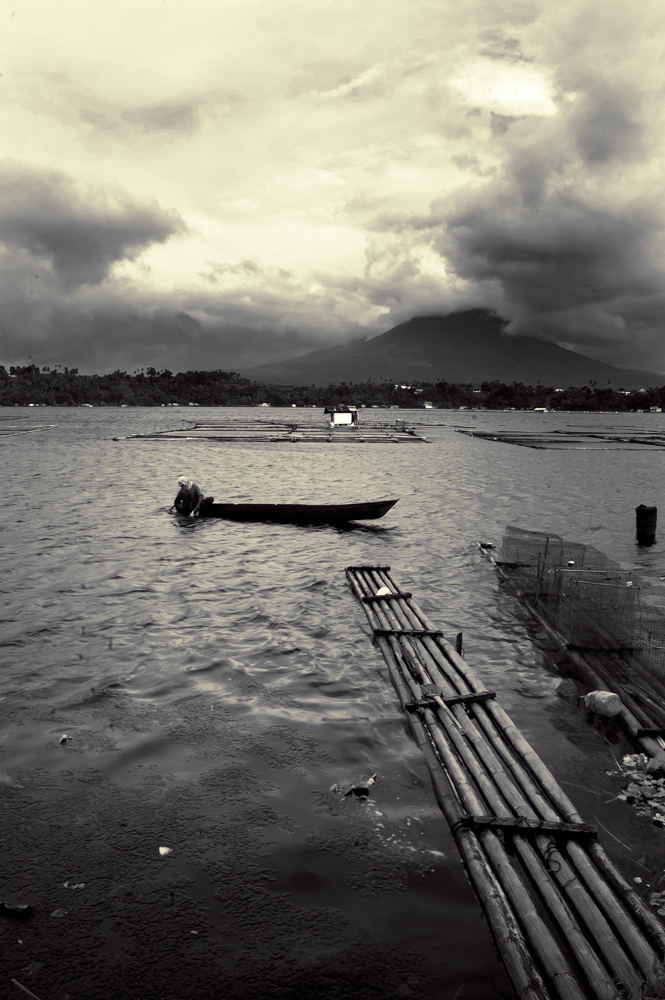
San Pablo City The city of seven lakes.
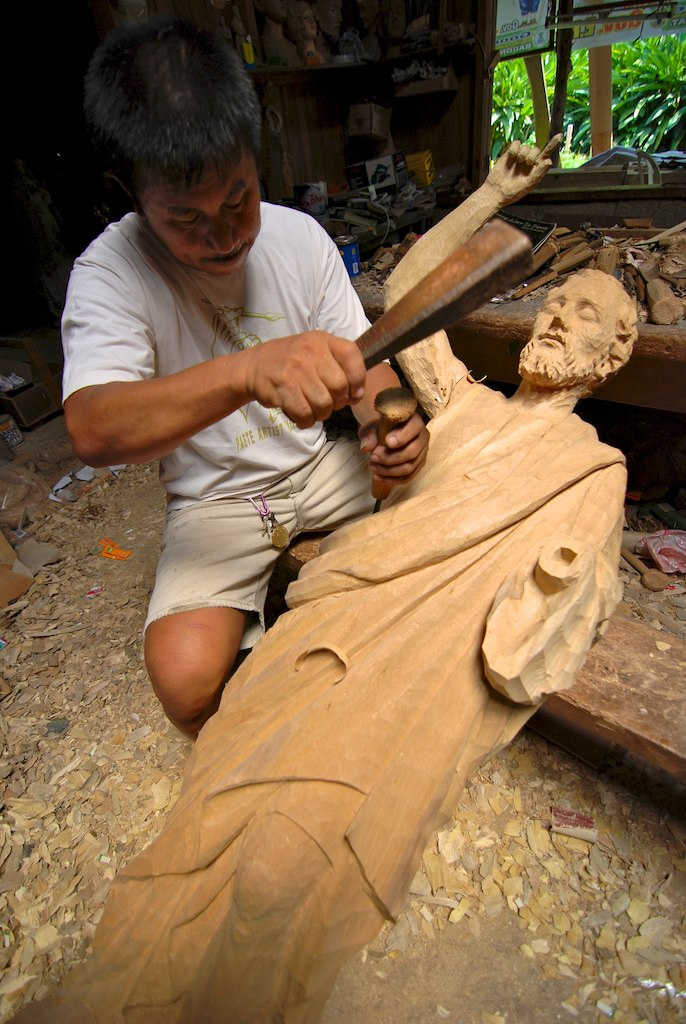
Paete Named after the the Tagalog word for chisel, it the country’s carving capital because of intricate wood carvings, paper mache, and wooden shoes or “bakya.”
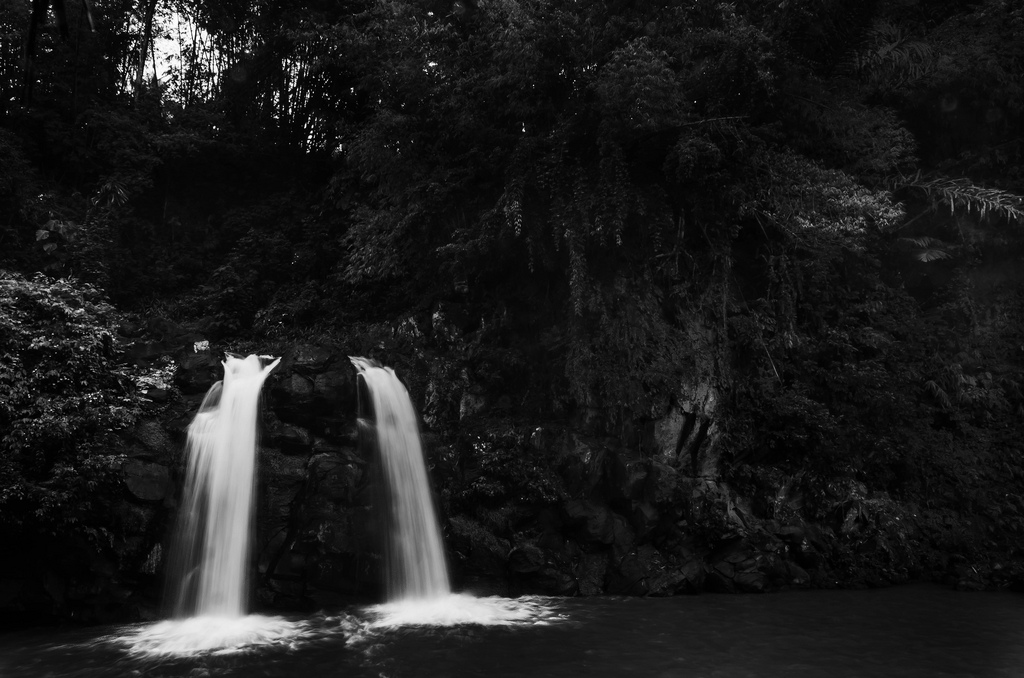
Kalayaan Home to the Twin Falls. Like Paete, it offers exquisite woodcarvings sold in shops along the road.
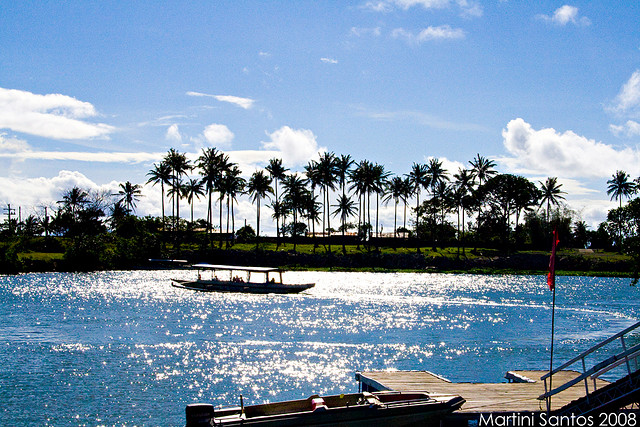
Caliraya Lake A man made reservoir popular for aqua sports, such as boating, wind surfing, water skiing and game fishing.
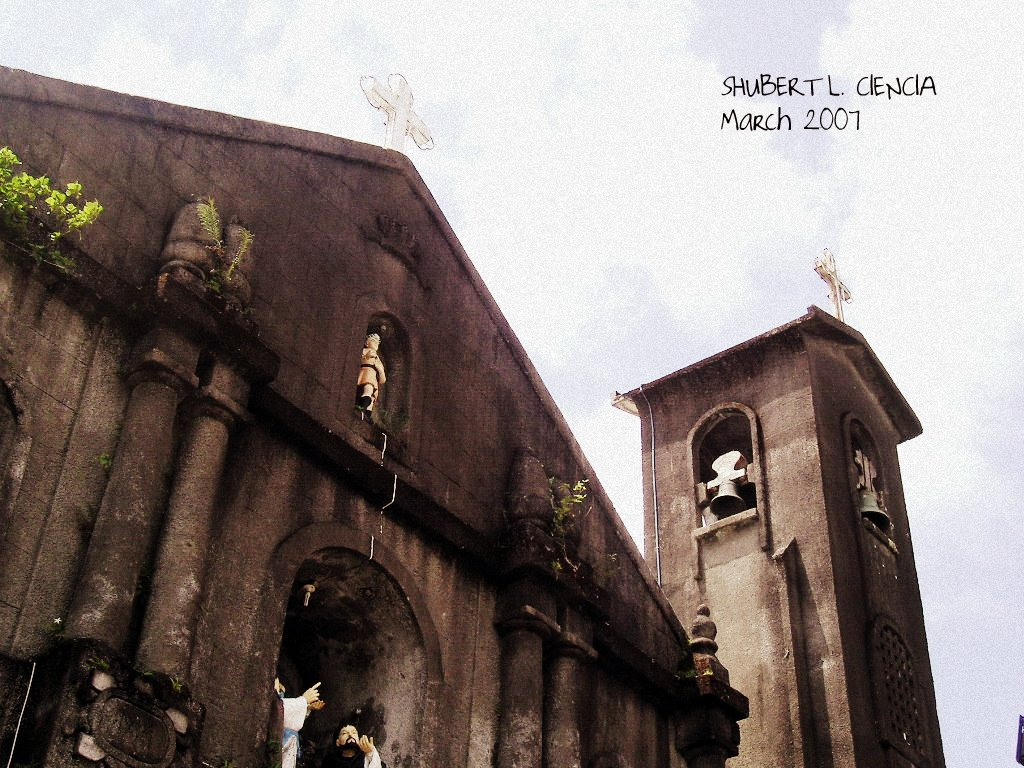
Luisiana Once called Nasunog de Majayjay, it was renamed in honor of Don Luis Bernardo and his wife Dona Ana. This town is famous for its Pandan products.
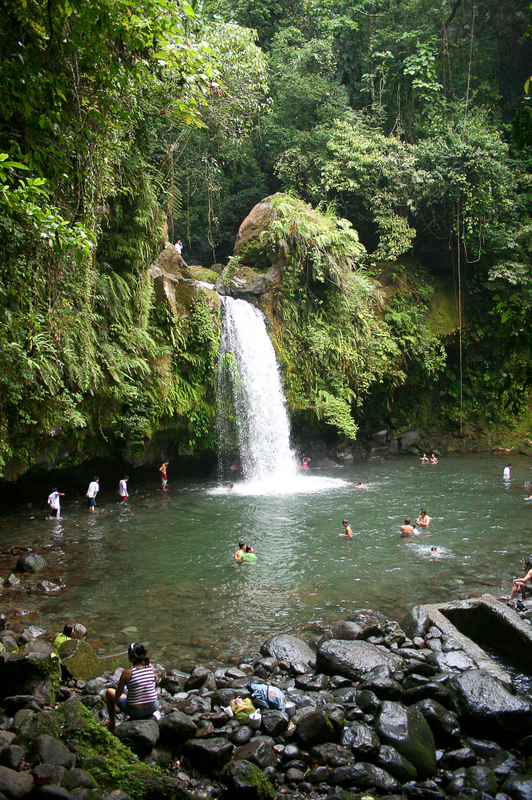
Majayjay Founded in 1571, its name came from “ma” which means very, plus, the exertion needed to reach the place would you to sigh “hay hay.” It is home to the beautiful Taytay falls.
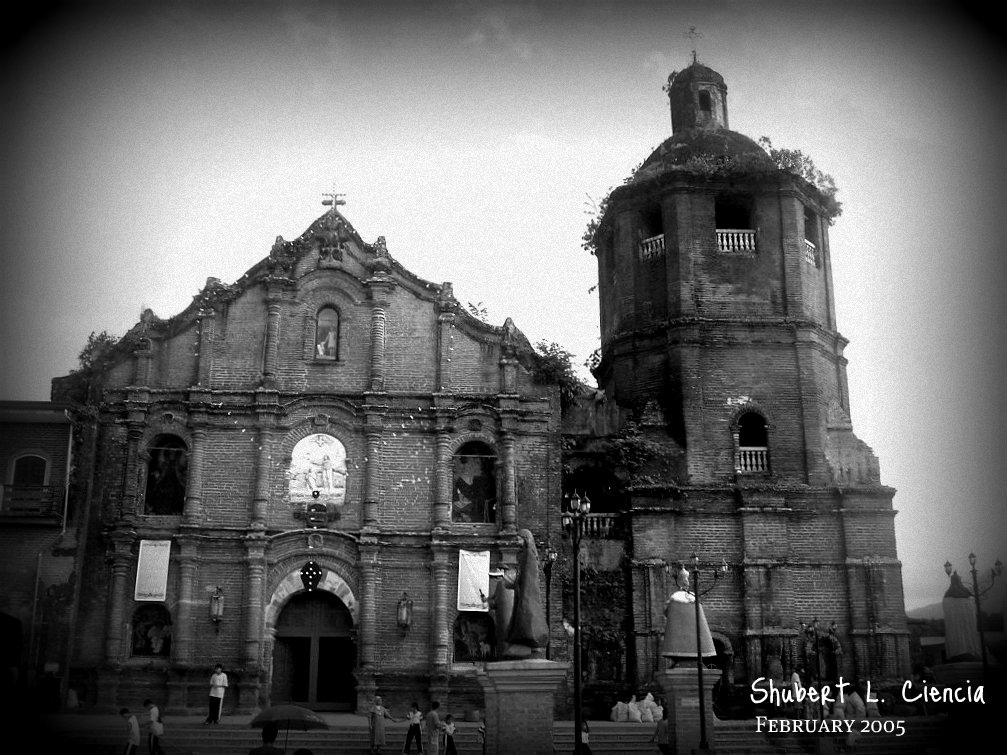
Liliw Known as the footwear capital of Laguna, this town on a hilly plain offers a cooler climate compared to neighboring towns. Prior to 1965, it was called Lilio, after the ilio-ilio bird.

Underground Cemetery The only kind in the country, this 18th century walled cemetery has a tiled walkway leading to an underground crypt.
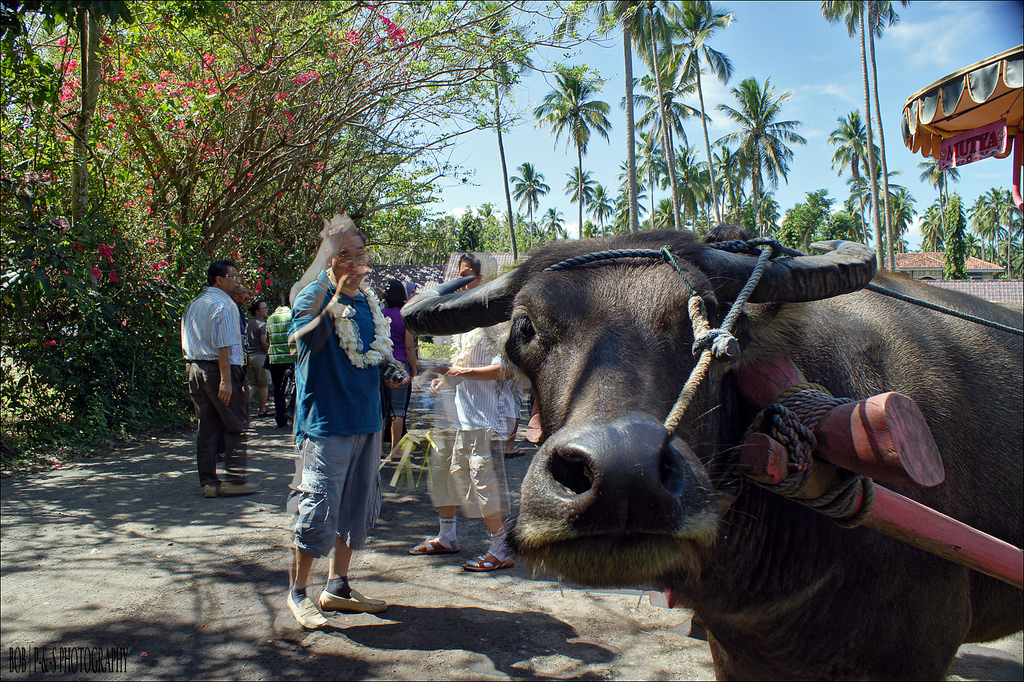
Villa Escudero Coconut Plantation & Resort Unique rural life experience complete with a carabao drawn cart, local cuisine beside a waterfall, Escudero museum and riverside cottages.
Distance from Manila in (kms.)
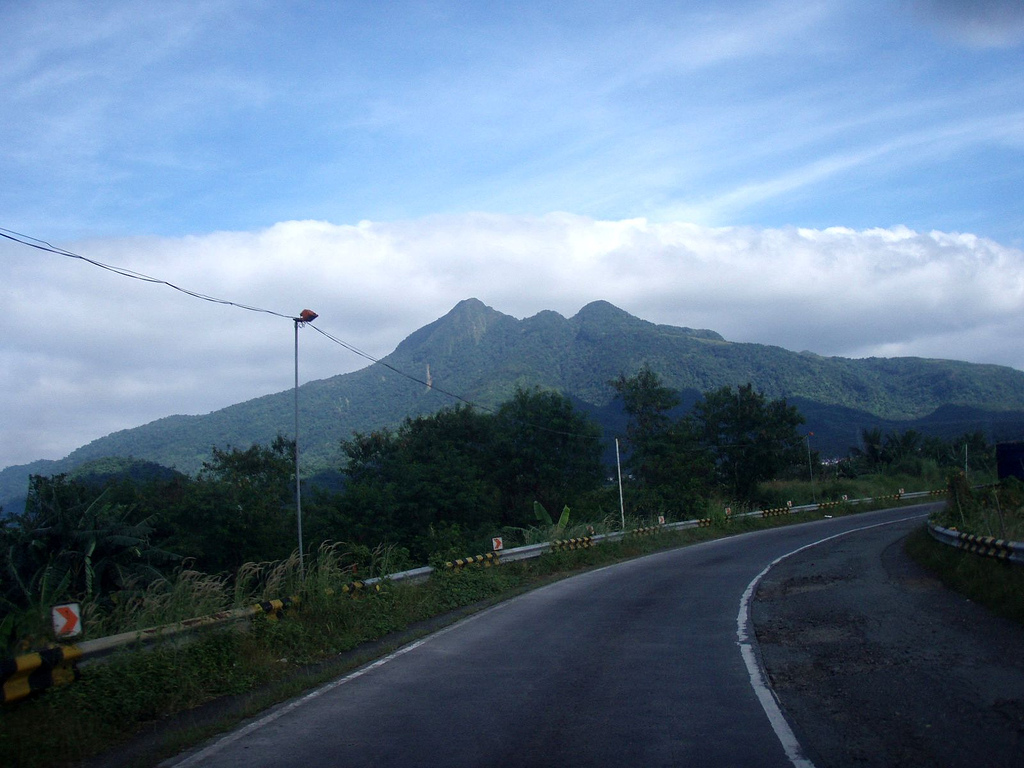
| Alaminos | 78 | Bay | 69 |
| Binan | 35 | Cabuyao | 43 |
| Calamba City | 53 | Calauan | 74 |
| Cavinti | 110 | Famy | 84 |
| Kalayaan | 109 | Liliw | 105 |
| Los Banos | 62 | Luisiana | 120 |
| Lumban | 104 | Mabitac | 123 |
| Magdalena | 113 | Majayjay | 120 |
| Nagcarlan | 105 | Paete | 112 |
| Pagsanjan | 101 | Pakil | 114 |
| Pangil | 117 | Pila | 87 |
| Rizal | 97 | San Pablo City | 87 |
| San Pedro | 31 | Santa Cruz (Capital) | 96 |
| Santa Maria | 128 | Sta. Rosa City | 38 |
| Siniloan | 121 | Victoria | 87 |
Comments are closed.